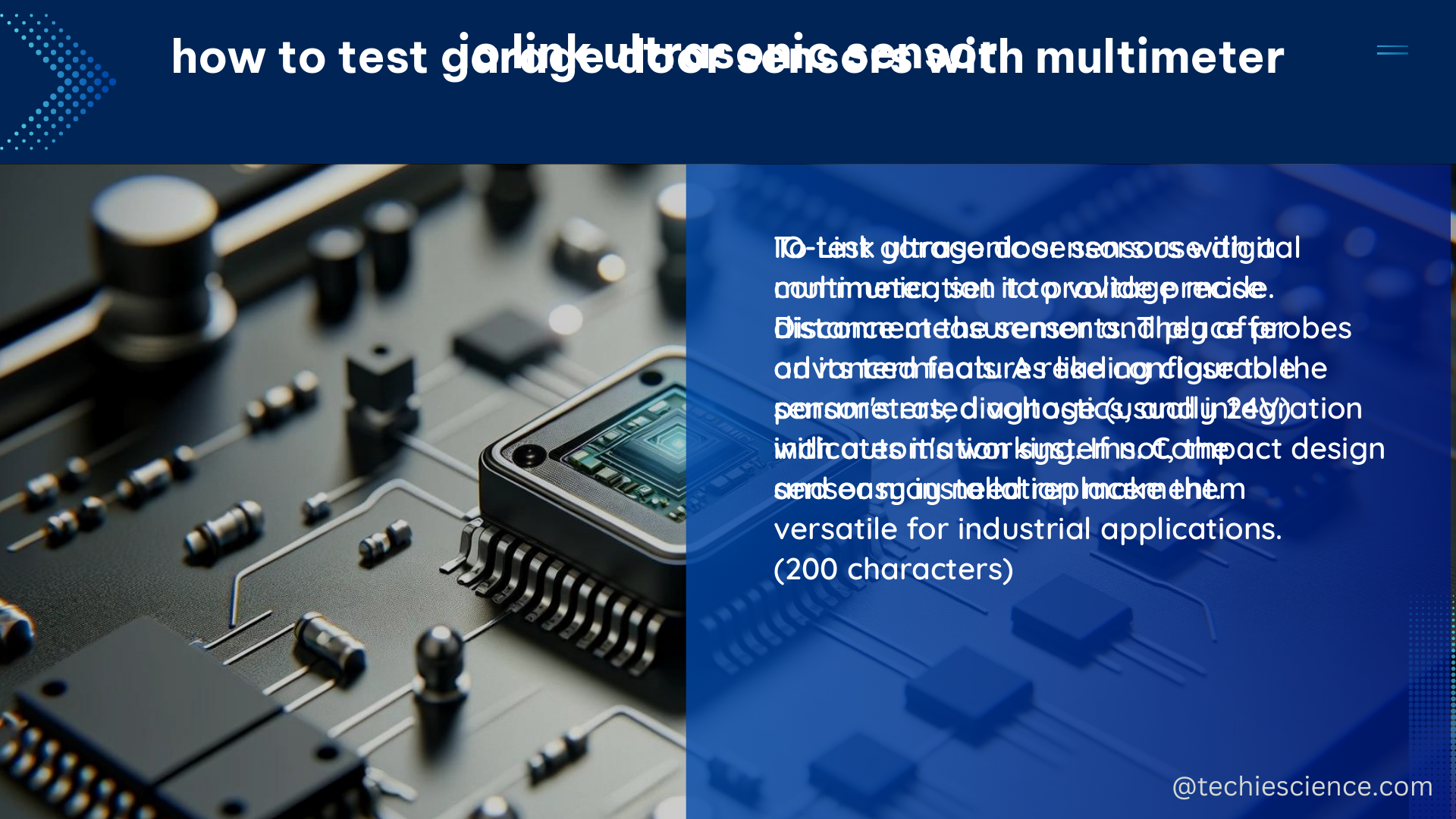The IO-Link Ultrasonic Sensor is a cutting-edge technology that has revolutionized industrial automation, providing manufacturers with a wealth of measurable and quantifiable data for precise and efficient operations. This sensor utilizes Event Data to report when conditions exceed the thresholds set by the user, delivering real-time updates on device conditions, including warnings or errors for abnormal situations.
Understanding the Three Types of IO-Link Ultrasonic Sensor Data
The IO-Link Ultrasonic Sensor offers three distinct types of data:
-
Process Data: This data is updated cyclically and is essential for the running application. It includes information such as the measured distance, signal strength, and object detection status.
-
Parameter Data: This data is updated acyclically and is used for reading and writing parameter values, such as setpoints, thresholds, and configuration settings.
-
Event Data: This data is also updated acyclically and provides immediate updates on device conditions, including warnings and errors.
Leveraging Event Data for Proactive Maintenance

Event Data is a crucial feature of the IO-Link Ultrasonic Sensor, as it allows users to monitor the sensor’s performance and identify potential issues before they escalate. When a condition is out of its normal range, the sensor sets the Event Flag bit in the outgoing data packet to the IO-Link Master. The Master then queries the sensor for the Event information, which is labeled as either a Warning or an Error based on the severity of the condition change.
By monitoring Event Data, users can gain valuable insights into the sensor’s performance, enabling them to:
- Identify immediate problems: Event Data provides real-time updates on the sensor’s condition, allowing users to quickly address any issues that arise.
- Plan preventive maintenance: By analyzing Event Data over time, users can identify patterns and trends, enabling them to schedule preventive maintenance and avoid unexpected downtime.
- Optimize sensor performance: Event Data can help users fine-tune sensor settings and configurations to ensure optimal performance and efficiency.
Measurable and Quantifiable Data for Improved Decision-Making
The IO-Link Ultrasonic Sensor provides a wide range of measurable and quantifiable data, including:
| Data Point | Measurement Range | Accuracy |
|---|---|---|
| Temperature | -40°C to 80°C | ±2°C |
| Voltage | 10 to 30 VDC | ±0.5 VDC |
| Inclination | ±10° | ±0.5° |
| Vibration | 0 to 10 g | ±0.5 g |
| Signal Quality | 0 to 100% | ±5% |
These data points help users better understand the conditions of their IO-Link devices, enabling them to make informed decisions and take proactive measures to maintain optimal performance.
Key Benefits of IO-Link Ultrasonic Sensors
-
Tank Level Monitoring: With digital communication via IO-Link, tank level monitoring can be accessed at will, providing real-time updates on fill levels and enabling proactive management of raw materials. For example, the UM30 IO-Link ultrasonic sensor from ifm can measure tank levels with a range of up to 8 meters and an accuracy of ±1% of the measured value.
-
Simplified System Deployment: IO-Link simplifies ultrasonic sensor system deployment, allowing for the continuous adjustment of the detection range of UM30 sensors. This feature enables users to easily adapt the sensor to changing application requirements, reducing the need for manual adjustments and minimizing downtime.
-
Robust Remote Monitoring: IO-Link enables more robust remote monitoring of manufacturing processes, providing actionable tasks such as filling/emptying tanks and reordering raw materials. For instance, the Balluff BUS M-12 IO-Link ultrasonic sensor can transmit real-time data on tank levels, temperature, and other critical parameters to a central control system, allowing for remote monitoring and optimization of the production process.
-
Increased Productivity and Efficiency: By providing detailed, real-time data on the sensor’s performance and the manufacturing process, IO-Link Ultrasonic Sensors help users identify and address issues quickly, reducing downtime and improving overall productivity and efficiency.
-
Improved Maintenance and Troubleshooting: The comprehensive data provided by IO-Link Ultrasonic Sensors, including Event Data, enables users to proactively maintain their equipment and quickly diagnose and resolve any issues that arise, minimizing the need for unplanned maintenance and downtime.
Conclusion
The IO-Link Ultrasonic Sensor is a powerful and versatile tool that has transformed industrial automation, providing manufacturers with a wealth of measurable and quantifiable data for precise and efficient operations. By leveraging the sensor’s advanced features, such as Event Data and comprehensive performance monitoring, users can optimize their manufacturing processes, improve productivity, and reduce maintenance costs. As the demand for smart, connected industrial solutions continues to grow, the IO-Link Ultrasonic Sensor is poised to play a crucial role in the future of industrial automation.
References:
- Balluff. (n.d.). IO-Link event data: Sensors tell you how they’re working. Retrieved from https://www.balluff.com/en-us/blog/io-link-event-data-how-sensors-tell-you-how-they-re-working
- ifm. (n.d.). Ultrasonic sensors | IO-Link benefits. Retrieved from https://www.ifm.com/us/en/us/learn-more/position/ultrasonic/io-link-benefits
- DigiKey. (2022, January 18). Product Detection and Ranging Using Ultrasonic Sensors. Retrieved from https://www.digikey.com/en/articles/product-detection-and-ranging-using-ultrasonic-sensors
- Pepperl+Fuchs. (n.d.). IO-Link Ultrasonic Sensors: Precise Measurement and Reliable Detection. Retrieved from https://www.pepperl-fuchs.com/global/en/classid_154.htm
- Sick. (n.d.). IO-Link Ultrasonic Sensors: Reliable Detection and Precise Measurement. Retrieved from https://www.sick.com/us/en/detection-and-ranging-solutions/ultrasonic-sensors/io-link-ultrasonic-sensors/c/g192651

The lambdageeks.com Core SME Team is a group of experienced subject matter experts from diverse scientific and technical fields including Physics, Chemistry, Technology,Electronics & Electrical Engineering, Automotive, Mechanical Engineering. Our team collaborates to create high-quality, well-researched articles on a wide range of science and technology topics for the lambdageeks.com website.
All Our Senior SME are having more than 7 Years of experience in the respective fields . They are either Working Industry Professionals or assocaited With different Universities. Refer Our Authors Page to get to know About our Core SMEs.